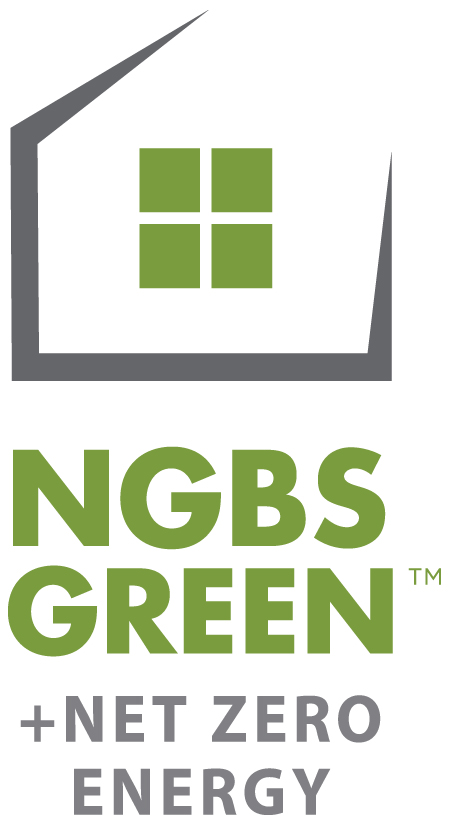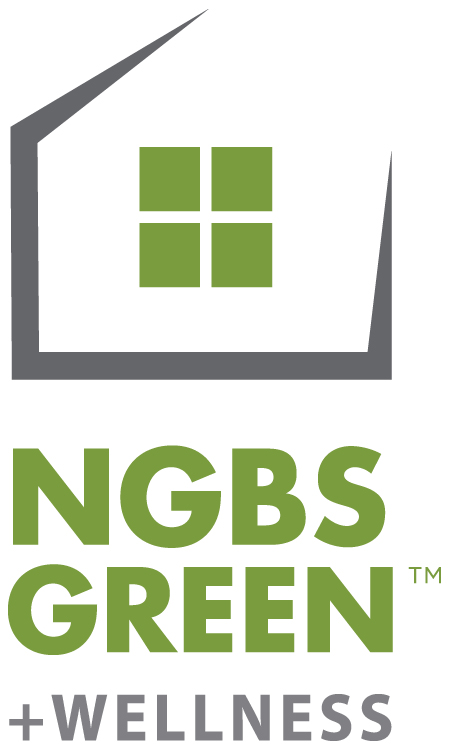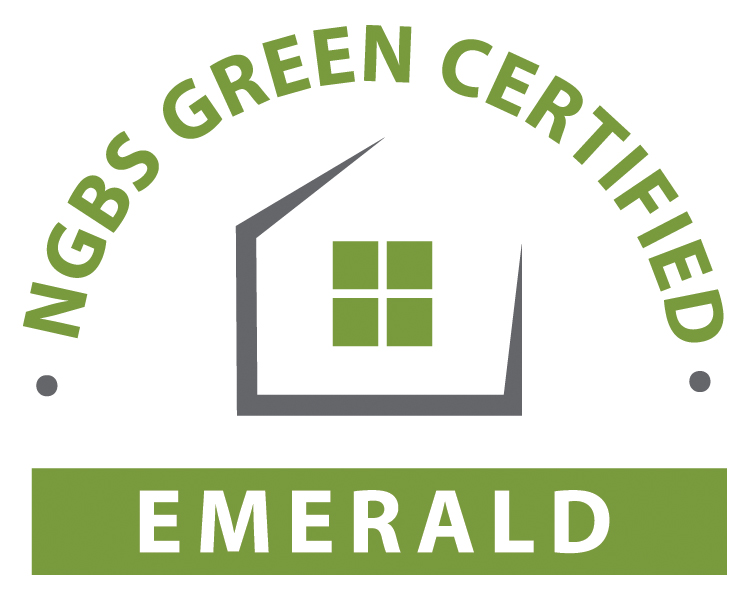Final Performance Report

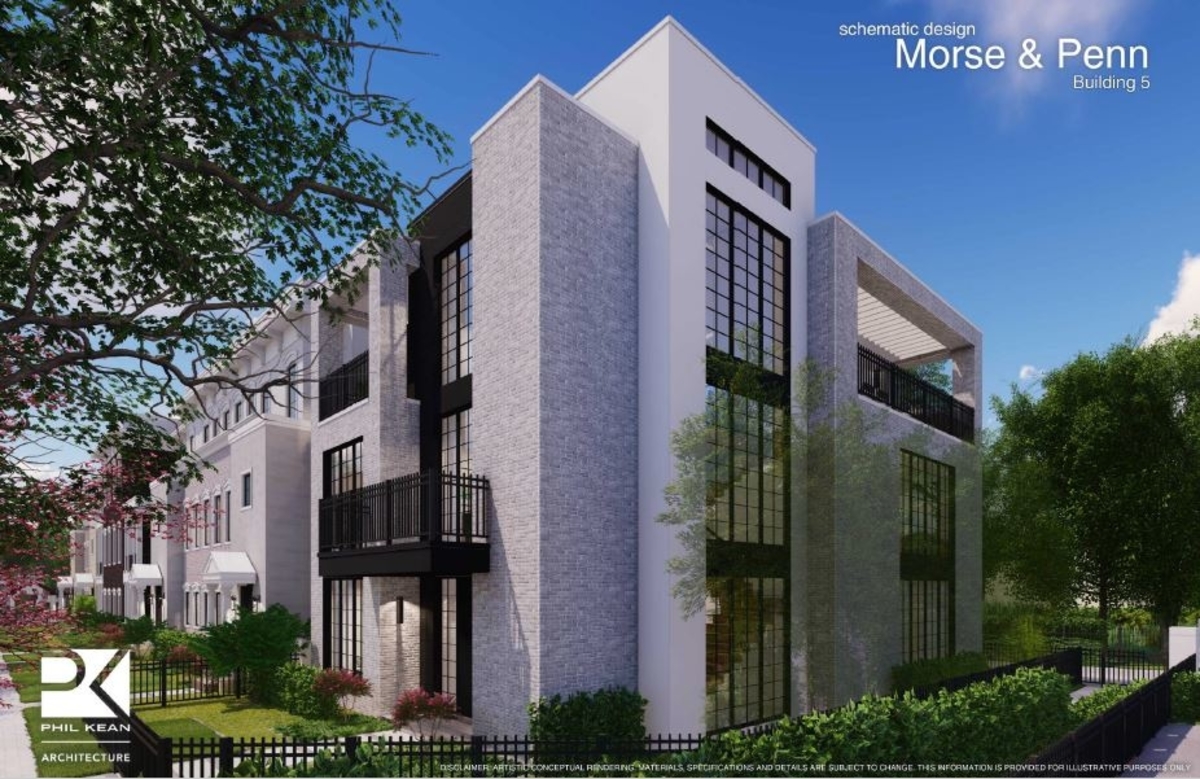
Thermal Shell
- Unvented and air sealed attic with Installed Building Products’ Demilec (USA), Inc. open-cell polyurethane spray-foam insulation.
- PGT Windows with low-e coating, argon gas fill limits solar heat gain and optimizes air tightness.
- Exterior CMU walls insulated using injected core-fill foam insulation and Fi-Foil Flex Foam and M Shield reflective insulation.
- AeroSeal’s AeroBarrier aerosol thermal envelope sealer utilized to further reduce envelope leakage.
- Large overhangs to aid in protecting the home from the harsh Florida sun.
- Light colored exterior to assist in reflecting the sun.
HVAC Information
- Space conditioning provided by Mitsubishi’s M-Series and P-Series multi-indoor Variable Refrigerant Flow (VRF) heat-pump HVAC system.
- Mechanical ventilation provided by Panasonic.
- Space conditioning system located entirely within the conditioned space.
Water Heaters
- Rinnai ENERGY STAR®-rated tankless water heaters with insulated hot water lines utilized throughout the project to reduce heat loss and increase efficiency.
- Enovative AutoHot on demand hot water recirculating pumps.
Electrical Information
- 100% energy-efficient LED lighting for all interior and exterior lighting.
- ENERGY STAR®-rated variable speed pool pumps.
Solar Array
- LG’s NeON2 V5 solar panels with Enphase IQ 7+ Microinverters.
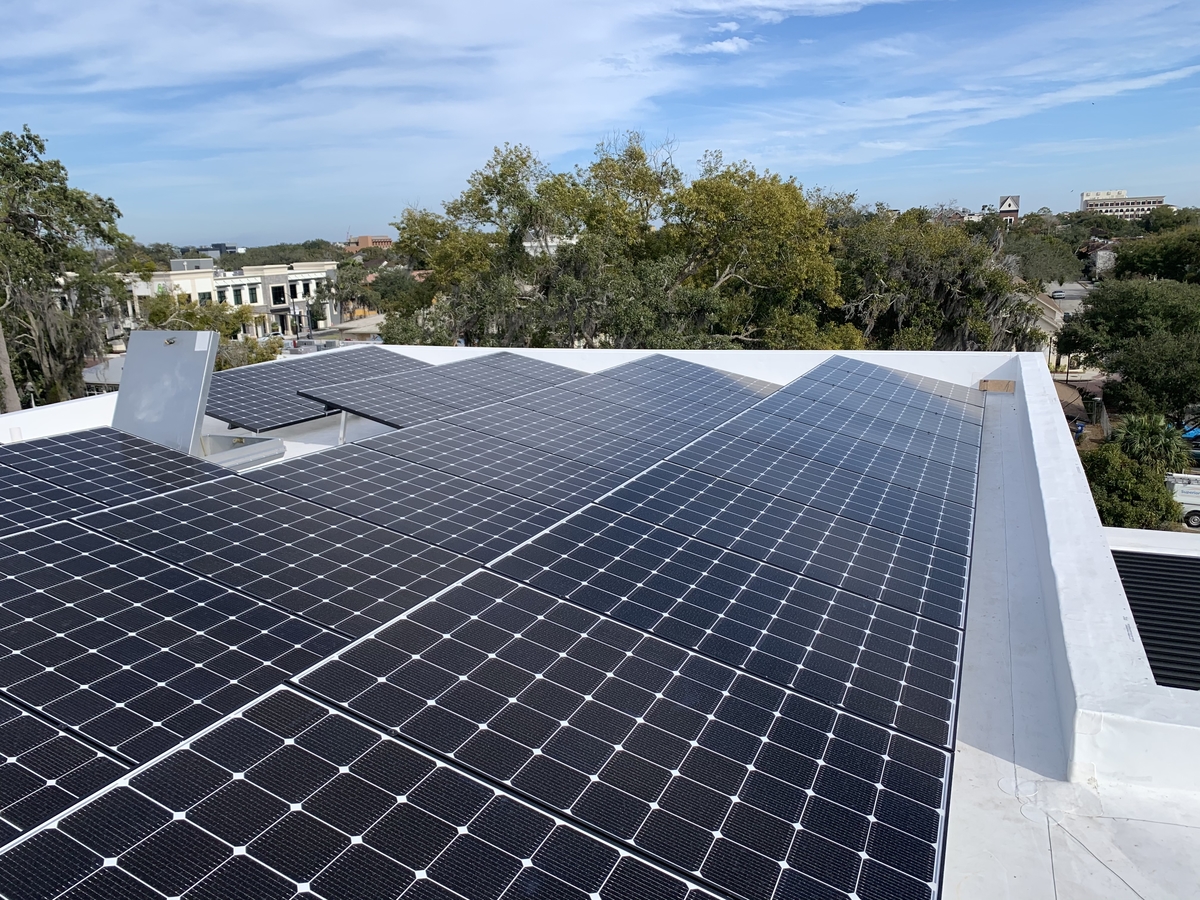
Energy Efficiency and Innovation
As one of the NAHB’s official show homes, The New American Home (TNAH) 2021 is a symbol of energy efficiency and innovation. The home exhibits innovative products from manufacturers all over the world. TNAH 2021 is designed to exceed the requirements for certification to the Emerald level of the National Green Building Standard™. Its energy-efficient features can be used in homes in a hot climate at any price point with similar energy savings. The home received the EPA ENERGY STAR® for Homes, DOE’s Zero Energy Ready Home, as well as the EPA’s Indoor airPLUS certifications.
Two Trails, Inc. worked closely with Phil Kean Homes to ensure energy efficiency and innovation in TNAH 2021. Without the solar array, this home has a HERS Index of 42. The home will incorporate, high-efficient LG solar panels to power its electrical systems, which is projected to provide 100% of the annual electric energy needs for the home!
Water Efficiency Features
In addition to energy savings, this home is designed to achieve an estimated 50% reduction from baseline in water use. This remarkable water use reduction is made possible using low-flow water fixtures, natural indigenous landscaping, and a high- efficient irrigation system. Water saving features include:
- Kohler low-flow, EPA WaterSense certified 1.5 GPM lavatory faucets and an average of 1.28 GPF toilets provides the indoor water use reduction
- High-efficient micro spray, driplines and irrigation controller contributed to the outdoor water use reduction
Indoor Environmental Quality Features
Indoor Environmental Quality encompasses the conditions inside a home, and their effects on residents. The New American Home 2021 incorporates innovative strategies, creating an indoor environmental quality that enhance the lives of homeowners, protects occupants’ health, and improves quality of life. Indoor Environmental Quality strategies include:
- Sherwin Williams Low-VOC paints and finishes and low-VOC interior adhesives and sealants
- MERV 13 space conditioning air filters
- HVAC ducts sealed during construction to prevent pollutants from construction activities from entering the system
- Whole Building ventilation system configured to allow the correct amount of fresh air into the home
- Eco-Friendly cabinets – Formaldehyde free and material certified by the Forest Stewardship Council
Systems Engineering Approach
The systems-engineering approach unites segments of the building industry that have previously worked independently of one another. The concept is simple: systems-engineering can make America’s homes cost effective to build or retrofit and energy efficient to live in. Energy consumption of new houses can be reduced by as much as 40% with little or no impact on the cost of construction.
To reach this goal, the Phil Kean Design Group's team is working with their building partners to produce a home that incorporates energy and material saving strategies from design through construction. First, the team analyzed and selected cost-effective strategies for improving home performance. Next, the team evaluated design, business, and construction practices within individual partnerships to identify cost savings.
Cost savings could then be reinvested to improve energy performance and product quality. For example, a design that incorporates new techniques for tightening the building envelope enabled Phil Kean Design Group to install smaller, less expensive heating and cooling systems. The savings generated in this process can then be reinvested in other high-performance features to further reduce energy use. Proving the efficiency of the system-engineering approach to construction, this home’s projected HERS Index, without the use of a Photovoltaic system is 42, which is 42% more efficient than the construction of the average new home. The HERS Index with solar is -16.
The “pilot” or “test” home is the field application of solution design. The team assisted Phil Kean Design Group in designing TNAH 2021 in accordance to strategic design, modeling to maximize building efficiency of each system and directed the team to increase efficiency through cost effective decisions. Before additional houses are built, these changes are incorporated into the design. This process of analysis, field implementation, reanalysis, and design alteration facilitate ultimate home performance once a design strategy is ready for use in production or community-scale housing.Understanding the interaction between each component in the home is paramount to the systems-engineering approach. Throughout design and construction, the relationship between building site, envelope, mechanical systems, and other factors is carefully considered. Recognizing that features of one component can dramatically affect the performance of others enables the Phil Kean Design Group Building team to value-engineer energy-saving strategies at little or no extra cost.
